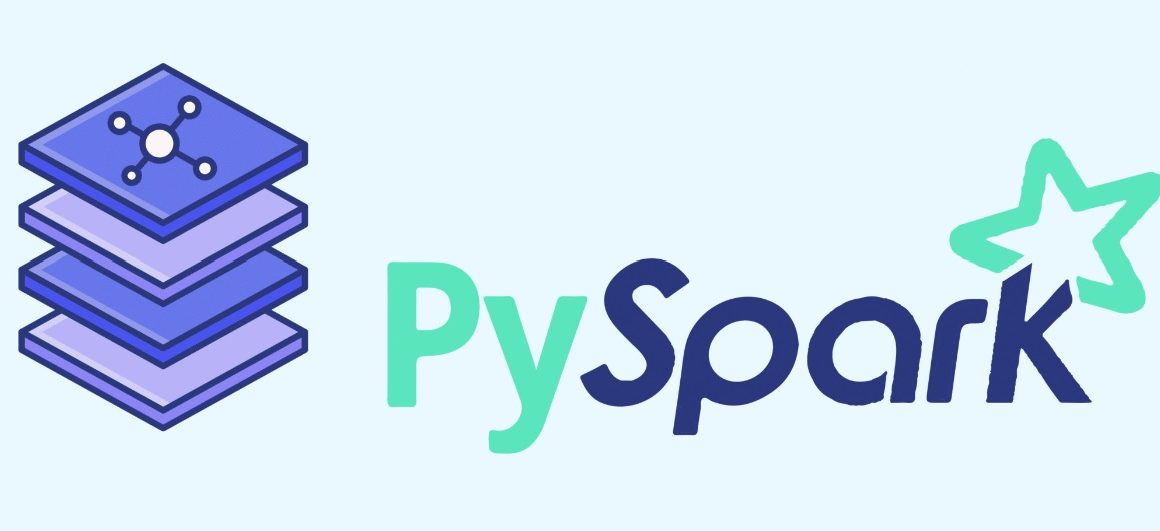What comes to your mind when you hear the term Data!!! Let’s start with the definition of Data.
Every piece of distinct information, statistics, facts, set of values, qualitative or quantitative variables are called data. Data can exist in various forms: numeric or text, as bits or bytes stored in electronic memory, or as facts in a living person’s mind.
Every photo you post on Instagram, each tweet of yours, every article you read on the Internet or the balance sheet of a company, everything is some type of data. Data generally comes in two most common forms: Structured Data & Unstructured Data. But if there is a term for such information, then why do we need another term “Big Data”…
What is Big Data?
Big Data refers to the large amount of structured, semi-structured, and unstructured data that can be analyzed & mined for information to get better insights.
How big is Big Data exactly?
The term Big Data refers to a dataset that is too large or too complex for ordinary computing devices to process. As such, it is relative to the available computing power on the market – so in 1999, one gigabyte (1 GB) was considered big data. Today, it may consist of petabytes (1,024 terabytes) or exabytes (1,024 petabytes) of information, including billions or even trillions of records from millions of people.
There’s no minimum amount of data needed for it to be categorized as Big Data, as long as there’s enough to draw solid conclusions.

At Console Flare, our live training programs are focused on giving proper knowledge of how things roll in the industry. We have been working with all our partner organizations to provide you with projects based on real-world problems.
Today’s era is dynamic, the skills required by people and businesses are changing. In every field, data has made an important impact so it has become necessary to learn how to deal with it.
Start today, learn with Console Flare and give a new direction to your career. Explore our courses: Click Here






5 thoughts on “How much Data is called Big Data?”